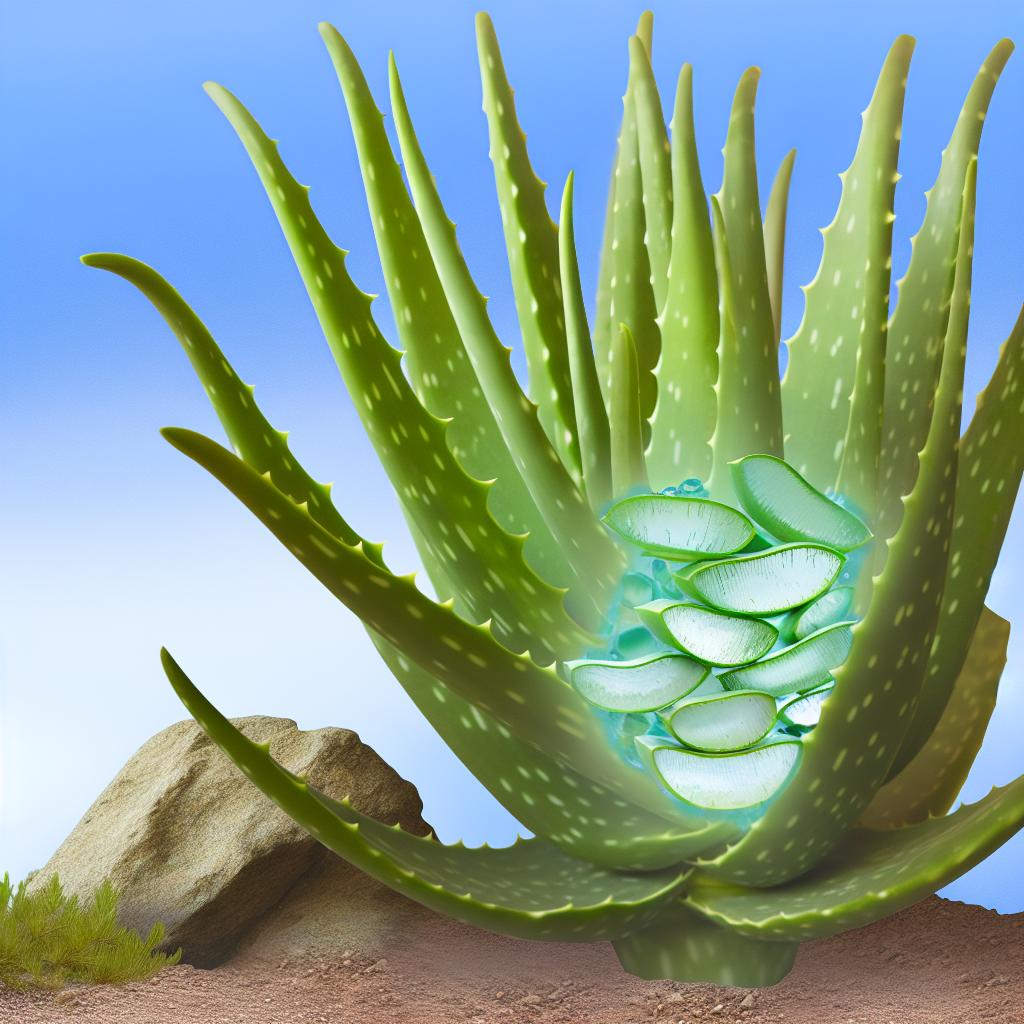
Introduction to Aloe Vera
Aloe vera, a widely recognized succulent plant, is cherished for its potential health benefits and versatile applications, especially in skincare. Characterized by its thick, fleshy green leaves containing a soothing gel-like substance, aloe vera’s cultivation and utilization date back thousands of years. Its unique ability to adapt across different climates has contributed to its enduring popularity and widespread use.
Historical Use of Aloe Vera
The history of aloe vera is rich and varied, with its use documented in ancient civilizations across the world. The ancient Egyptians, prominently known for their advanced knowledge of natural remedies and beauty rituals, famously dubbed it the “plant of immortality.” They utilized aloe vera for its healing properties and often included it in burial rituals to promote eternal life. Concurrently, in regions of Asia such as China and India, aloe vera was integral to traditional medicine, where it served as a treatment for numerous ailments ranging from skin conditions to digestive issues.
Integration into Greek and Roman Practices
In classical antiquity, both Greek and Roman societies recognized the healing virtues of aloe vera. Greek physicians prescribed it for various conditions, appreciating its natural healing properties. Romans also employed aloe vera in skin treatments, particularly to treat wounds inflicted during battles. The plant thus became an essential component in the pharmacopoeias of these ancient civilizations.
Cultivation and Characteristics
Aloe vera’s ease of cultivation contributes significantly to its widespread use. It thrives best in warm, tropical, and subtropical climates. Regions such as Africa, Asia, and the Mediterranean continue to be predominant cultivators of this versatile plant. Aloe vera can be grown both indoors as a houseplant and outdoors in gardens, attesting to its adaptability. Its leaves, filled with a gel-like substance, are central to its use, as they are harnessed for their soothing and healing properties.
Growth Requirements
Successful cultivation of aloe vera requires understanding its specific growth needs. A crucial factor is ample sunlight—aloe vera thrives in bright, indirect light, making windowsills and sunny patios ideal for its growth. The plant requires well-draining soil, such as cactus potting mix, to prevent water accumulation which can cause root rot. Overwatering is a common mistake; thus, it’s advisable to water the plant deeply but infrequently, allowing the soil to dry out between watering sessions. Given its simplistic care, aloe vera proves to be an excellent choice for novice gardeners.
Applications and Benefits
Aloe vera’s applications, particularly in skincare, underline its enduring popularity. The gel extracted from its leaves is utilized in numerous skincare products acclaimed for their soothing and moisturizing properties. Among its many uses, aloe vera is frequently involved in treating minor burns and cuts, serving as a natural remedy for sunburn relief, and hydrating dry skin. Its wide application scope in skincare aligns with the plant’s natural traits and consumer needs.
Potential Health Benefits
Beyond topical applications, aloe vera is lauded for its potential internal health benefits. Some preliminary studies and anecdotal evidence suggest that it may aid in digestive health by improving digestion and potentially alleviating symptoms of constipation. There is also ongoing research examining aloe vera’s potential role in managing blood sugar levels, which could be particularly beneficial for individuals with diabetes. However, consumers should exercise caution when ingesting aloe vera, ensuring they consume formulations specifically designed for safe internal use.
Scientific Research and Evidence
The scientific community’s exploration of aloe vera has yielded promising yet inconclusive results. Investigations into its dermatological uses have generally confirmed its efficacy in soothing skin and aiding wound healing. However, research into its internal health benefits is less definitive, necessitating further inquiry. Those interested in integrating aloe vera into their health regimen should consult peer-reviewed studies or seek guidance from healthcare professionals to ensure informed use.
Challenges in Research
A significant challenge in aloe vera research lies in the variability of results emerging from different study methodologies. Differences in plant processing techniques, variability in bioactive compound concentrations, and study design disparities contribute to the mixed findings. Researchers advocate for standardized research methodologies to conclusively ascertain aloe vera’s health benefits.
Conclusion
The enduring appeal of aloe vera can be attributed to its historical significance, myriad applications, and potential health benefits. As both a practical plant for cultivation and a therapeutic agent, it offers extensive utility for home gardeners and consumers alike. Those captivated by aloe vera have access to a wealth of resources and scientific studies that explore its varied properties and benefits. As awareness of natural remedies continues to grow, aloe vera remains at the forefront, offering natural solutions grounded in historical and contemporary practices.

